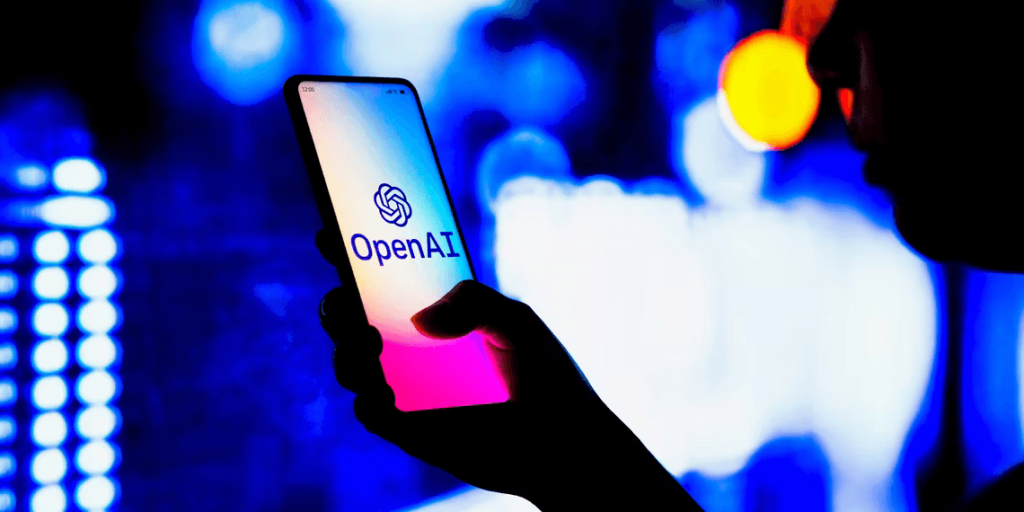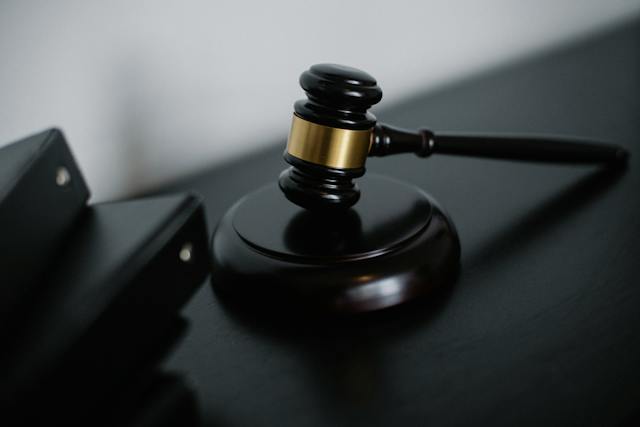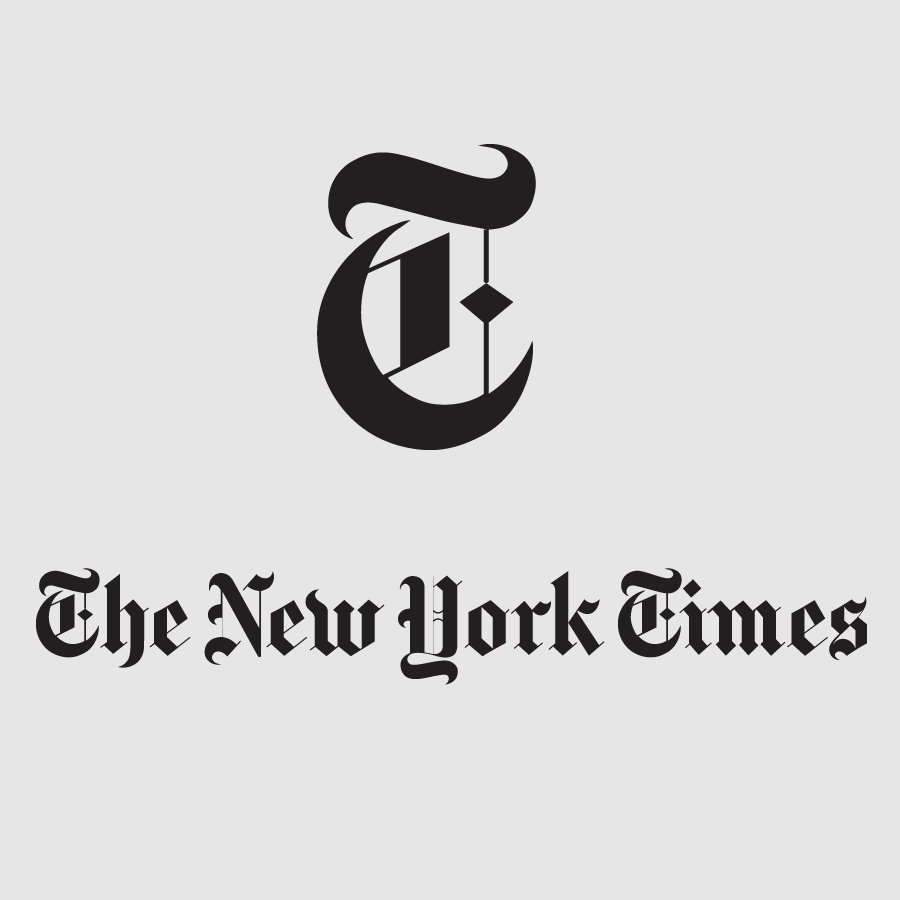The New York Times vs. The AI Industry: A Legal Battle Over Content
Introduction
Hello, I’m John Smith, a journalist and an AI expert who has been following the developments in the field of generative AI and its impact on journalism. In this article, I will share with you my insights and analysis on one of the most controversial and consequential lawsuits in the history of AI and journalism: The New York Times vs. OpenAI.
The New York Times, one of the most prestigious and influential newspapers in the world, has filed a lawsuit against OpenAI, the maker of ChatGPT, a powerful language model that can generate realistic text on any topic. The New York Times claims that OpenAI has violated its terms of service, which prohibit the use of its content for the development of any software program, including AI systems. The New York Times alleges that ChatGPT has used its content to become a direct competitor or a source of fake news, by creating text that is based on or resembles the original reporting and writing of the paper’s staff.
OpenAI, on the other hand, denies any wrongdoing and argues that ChatGPT is not copying or reproducing the content of The New York Times, but rather generating new and original text based on its own knowledge and creativity. OpenAI asserts that ChatGPT is a breakthrough innovation that can benefit humanity and advance the field of AI, by enabling anyone to create high-quality text for various purposes, such as education, entertainment, and research.
The outcome of this case could have far-reaching implications and ramifications for the future of AI, journalism, and intellectual property rights. It could determine how we define, regulate, and protect the content generated by AI systems, as well as how we use, consume, and trust the information produced by human and machine authors. In this article, I will explore the main arguments of both sides, the legal and ethical issues involved, and the broader ramifications and future scenarios of the case.

How ChatGPT Works and Why The New York Times Is Concerned
ChatGPT is a language model, which is a type of AI system that can learn from and generate text. ChatGPT is based on a deep neural network, which is a complex mathematical model that can process large amounts of data and learn from patterns and relationships. ChatGPT is trained on a large corpus of text from various sources, including news articles, books, social media posts, and more. ChatGPT can produce text that answers questions, writes stories, creates summaries, and more, based on the input given by the user.
ChatGPT is one of the most advanced and impressive examples of generative AI, which is a branch of AI that focuses on creating new and original content, rather than analyzing or classifying existing content. ChatGPT can generate text that is coherent, fluent, and relevant, as well as diverse, creative, and surprising. ChatGPT can also adapt to different styles, tones, and domains, depending on the context and the goal of the user.
ChatGPT has many potential applications and benefits for journalism, such as enhancing creativity, efficiency, and accuracy. ChatGPT could help journalists generate new ideas, write faster and better, and verify and fact-check their sources. ChatGPT could also help journalists reach and engage a wider and more diverse audience, by creating text that is tailored to their preferences, needs, and interests.
However, ChatGPT also poses many challenges and risks for journalism, such as avoiding bias, plagiarism, and misinformation. ChatGPT could introduce or amplify bias, by reflecting or reinforcing the existing prejudices, stereotypes, and opinions in the data it is trained on. ChatGPT could also violate or undermine the intellectual property rights, by using or copying the content of other authors without their permission or attribution. ChatGPT could also create or spread misinformation, by generating text that is false, misleading, or harmful, either intentionally or unintentionally.
The main concern of The New York Times is that ChatGPT could use its content to become a direct competitor or a source of fake news, by creating text that is based on or resembles the original reporting and writing of the paper’s staff. The New York Times argues that ChatGPT could damage its reputation, credibility, and revenue, by stealing its audience, undermining its authority, and diluting its brand. The New York Times also claims that ChatGPT could harm the public interest, by eroding the trust, quality, and diversity of information, and by influencing the opinions, decisions, and actions of the readers.
The Legal and Ethical Issues Involved in the Case
The legal basis of the lawsuit filed by The New York Times is that OpenAI has violated the terms of service of The New York Times, which prohibit the use of its content for the development of any software program, including AI systems. The New York Times contends that OpenAI has breached its contract, infringed its copyright, and misappropriated its trade secrets, by using its content to train and test ChatGPT.
The possible defenses of OpenAI are that ChatGPT is not copying or reproducing the content of The New York Times, but rather generating new and original text based on its own knowledge and creativity. OpenAI could argue that ChatGPT is a transformative use of the content of The New York Times, which is a fair use exception under the law. OpenAI could also argue that ChatGPT is a public good that can benefit humanity and advance the field of AI, which is a social and scientific justification for the use of the content of The New York Times.
The ethical implications of the case are manifold, such as the questions of authorship, ownership, responsibility, and accountability of AI-generated content, as well as the impact on the public trust, the quality of information, and the freedom of expression. Who is the author of the text generated by ChatGPT: the user, the system, or the original source? Who owns the text generated by ChatGPT: the user, the system, or the original source? Who is responsible for the text generated by ChatGPT: the user, the system, or the original source? Who is accountable for the text generated by ChatGPT: the user, the system, or the original source? How does the text generated by ChatGPT affect the public trust in the information provided by human and machine authors? How does the text generated by ChatGPT affect the quality of information produced by human and machine authors? How does the text generated by ChatGPT affect the freedom of expression of human and machine authors?

The Broader Ramifications and Future Scenarios of the Case
The potential outcomes and effects of the case, depending on whether The New York Times wins or loses the lawsuit, and how they could shape the future of AI, journalism, and intellectual property rights, are as follows:
- If The New York Times wins the lawsuit, it could set a precedent for other media organizations to sue or restrict the use of their content by AI systems, which could limit the access and availability of data for the development and improvement of AI systems, as well as the creation and consumption of AI-generated content. It could also create a monopoly or an oligopoly of the media industry, which could reduce the diversity and competition of information sources and perspectives, as well as the innovation and collaboration of content creators and consumers. It could also increase the legal and financial risks and burdens for AI companies and users, who could face lawsuits, fines, or injunctions for using or generating content that is based on or similar to the content of other authors.
- If OpenAI wins the lawsuit, it could set a precedent for other AI companies and users to use or generate content that is based on or similar to the content of other authors, which could increase the access and availability of data for the development and improvement of AI systems, as well as the creation and consumption of AI-generated content. It could also create a diversity and competition of information sources and perspectives, as well as the innovation and collaboration of content creators and consumers. It could also decrease the legal and financial risks and burdens for AI companies and users, who could use or generate content without worrying about lawsuits, fines, or injunctions for using or generating content that is based on or similar to the content of other authors.
The possible reactions and responses of other media organizations, AI companies, content creators, and consumers, who could be affected by the case in different ways, are as follows:
- Other media organizations could either follow the example of The New York Times and sue or restrict the use of their content by AI systems, or adapt to the new reality and embrace the use of AI systems for their own purposes, such as enhancing their content, expanding their audience, and diversifying their revenue.
- Other AI companies could either follow the example of OpenAI and use or generate content that is based on or similar to the content of other authors, or respect the rights and wishes of the original authors and seek their permission or collaboration before using or generating content that is based on or similar to their content.
- Other content creators could either feel threatened or inspired by the text generated by ChatGPT, and either try to protect or improve their content, or learn from or collaborate with the system, to create new and better content.
- Other consumers could either feel confused or curious by the text generated by ChatGPT, and either distrust or explore the information provided by human and machine authors, or compare or combine the information from different sources and perspectives.
Conclusion
In this article, I have explored the main arguments, issues, and implications of the lawsuit filed by The New York Times against OpenAI over the use of its content by ChatGPT, a powerful language model that can generate realistic text on any topic. I have also discussed the potential outcomes, effects, and scenarios of the case, and how they could shape the future of AI, journalism, and intellectual property rights.
The case raises many legal and ethical questions about the authorship, ownership, responsibility, and accountability of AI-generated content, as well as the impact on the public trust, the quality of information, and the freedom of expression. The case also reflects the challenges and opportunities of using generative AI for journalism, such as the need for new regulations, standards, and best practices, as well as the possibilities for innovation, collaboration, and education.
As a journalist and an AI expert, I believe that the case is not only a legal battle, but also a cultural and social debate, that requires the participation and contribution of all the stakeholders involved, including the media organizations, the AI companies, the content creators, and the consumers. I hope that this article has provided you with some valuable insights and perspectives on the case, and that it has sparked your interest and curiosity to learn more and to join the conversation.




